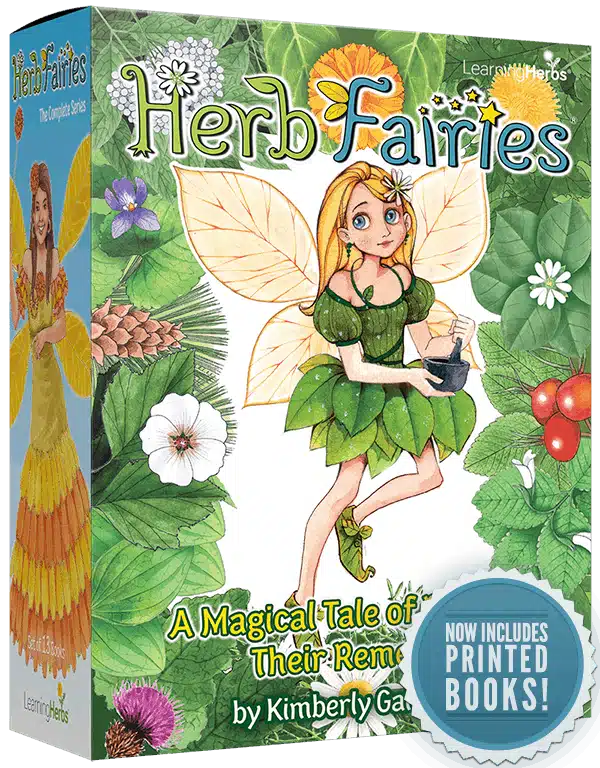So you’ve made an herbal extract or tincture. Your flowers, leaves, roots, or other herbs have been macerating in a jar for several weeks, infusing the alcohol with their medicine.
Right now you may be asking yourself, “Do I have to strain my tincture?” And the answer is yes: straining your tincture will allow your tincture to last longer and make it much easier to consume. Let’s strain the plant matter out of your tincture so you can add this herbal remedy to your home apothecary. What’s the best way to strain your tincture? We have two simple ways to show you how to strain tinctures.
Method 1: Strain Tinctures through Cheesecloth
Cheesecloth is an easy and inexpensive way to strain tinctures. We suggest draping a couple layers of cheesecloth over a fine-mesh strainer set over a bowl – the strainer provides an extra filter for fine particles. However, you can also drape the cheesecloth directly over a bowl or funnel, if you wish.
Pour the contents of the jar into the cheesecloth. Using clean hands, gather up the corners of the cheesecloth and SQUEEZE! Squeeze as much liquid from herbs as possible.
Pour your finished tincture into glass bottles or jars and compost the plant matter. You can keep the majority of your finished product in a glass bottle or jar, and then pour some of your tincture into bottles with droppers so that it’s easier to use your tincture. A dropper bottle also makes precise dosing much easier to do.
While the cheesecloth method works well, it can require quite a bit of hand power to wring out every last drop. This next method helps you squeeze more efficiently…
Method 2: Strain Tinctures with a Potato Ricer
A stainless steel potato ricer makes a great hand-held tincture press. This tool looks like a giant garlic press and is typically used to puree potatoes or other vegetables. To use it as a tincture press, simply empty the contents of the jar into the basket of the ricer.
Push the top of the ricer down into the basket. Squeeze the handles of the ricer and press to extract all the liquid. (Depending on the size of the herbs and the size of the holes in the ricer, you may wish to catch herb particles by lining the inside of the ricer with cheesecloth or passing the liquid through a second filter.)
As with method 1, you can also pour your finished tincture into glass bottles or jars and compost the plant matter. Keeping most of your tincture in a glass bottle or jar and then pouring some into glass dropper bottles makes it easier to use your tincture effectively.
Wait, What is a Tincture?
A tincture is an extract of plant matter in alcohol. After the plant matter has steeped in the alcohol (usually for at least 2 weeks), then the plant matter can be strained out and the alcohol extract is used as an herbal remedy. Tinctures allow you to extract healing constituents out of the herbs and preserve them.
Need a little more guidance making and straining tinctures? Check out Apothecary! Apothecary is LearningHerbs’ beautiful video collection that takes you step-by-step through some of the most popular and effective herbal remedies — including tinctures. Apothecary is an easy, fun way to learn herbal medicine making, and it gives you the tools you need to craft your own home apothecary in your very own kitchen.
How Can I Ensure That All of the Plant Matter is Removed During the Straining Process?
To ensure that all of the plant material in your tincture is removed during the straining process, you can use one of the methods above. Cheesecloth is very helpful at straining out herbal particles. You can also strain your tincture a few times using one of these methods if you want to be extra certain that you’ve removed the plant matter during the tincture straining process.
What Equipment Do I Need to Strain Tinctures?
Well, it depends on what method you use to strain your tincture. You’ll at least need cheesecloth and jars to bottle your tincture. Then depending on what method you choose, you’ll either need a fine mesh strainer or a potato ricer.
What is the Process for Straining Tinctures?
The process for straining tinctures is different depending on what method you choose to strain your tincture. Using either a cheesecloth and fine mesh strainer or a potato ricer gives you the opportunity to efficiently strain out the plant material from your tincture.
How do you like to strain tinctures? Share your go-to method in the comments below.














I keep cheap knee high stockings on hand to strain the pulp out. They are cheaper than Cheesecloth and fine enough to filter out all of the pulp. I especially like to use hose when I make blackberry jelly because it filters out all of the small seeds. I can dispose of the hose when cleaning up because they are so cheap and easy to get.
I use cheap basket-style coffee filters to line my fine sieve.
I prefer the cheesecloth/strainer method. The potato ricer sounds interesting. Must look out for one.
I use a french press. Works great!